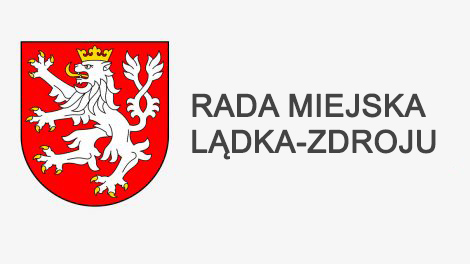
PROGRAM GRANTOWY PAH
PAH uruchomiła program grantowy o łącznej puli 3 501 000 zł, wspierający odbudowę instytucji publicznych, stowarzyszeń i fundacji, które zostały dotknięte wrześniową powodzią na południowym-zachodzie Polski.
Continue readingTRANSMISJA OBRAD RADY MIEJSKIEJ
Od dnia 28.11.2024r. obrady sesji RM będą transmitowane za pomocą systemu posiedzenia.pl
Continue readingOGŁOSZENIE O ZWOŁANIU SESJI RADY MIEJSKIEJ LĄDKA-ZDROJU
w dniu 28.11.2024r., w budynku ratusza, na sali 26, IIp
Continue readingPRZERWA W DZIAŁANIU INFOLINII
FRAGMENTARYCZNA DEZYNFEKCJA ULIC
W dniu 24.11 w godzinach 21:00 do 24:00 wojsko przeprowadzi chemiczne czyszczenie/dezynfekcję ulic na fragmentach ulic
Continue readingOgłoszenie naboru na najem w ramach SIM SUDETY
Zostań najemcą lokalu w nowo budowanym budynku wielorodzinnym!
Continue readingSKŁADOWANIE ODPADÓW POPOWODZIOWYCH
Prosimy, aby do połowy nadchodzącego tygodnia mieszkańcy naszej gminy wystawili do odbioru wszystkie odpady związane z powodzią.
Continue readingZmiana godzin otwarcia punktów wydawania darów
Wszystkich poszkodowanych w wyniku powodzi zapraszamy do skorzystania z darów dostępnych w wymienionych punktach.
Zachęcamy do odwiedzenia nas w godzinach otwarcia.
HILLTOM – zaproszenie do uczestnictwa w Obchodach Światowego Dnia Seniora
Wydarzenie odbywać się będzie w Inkubatorze Przedsiębiorczości przy ul. Kolejowej 6 (dawny budynek Dworca PKP) w godzinach od 10:00 do 16:00
Continue reading






